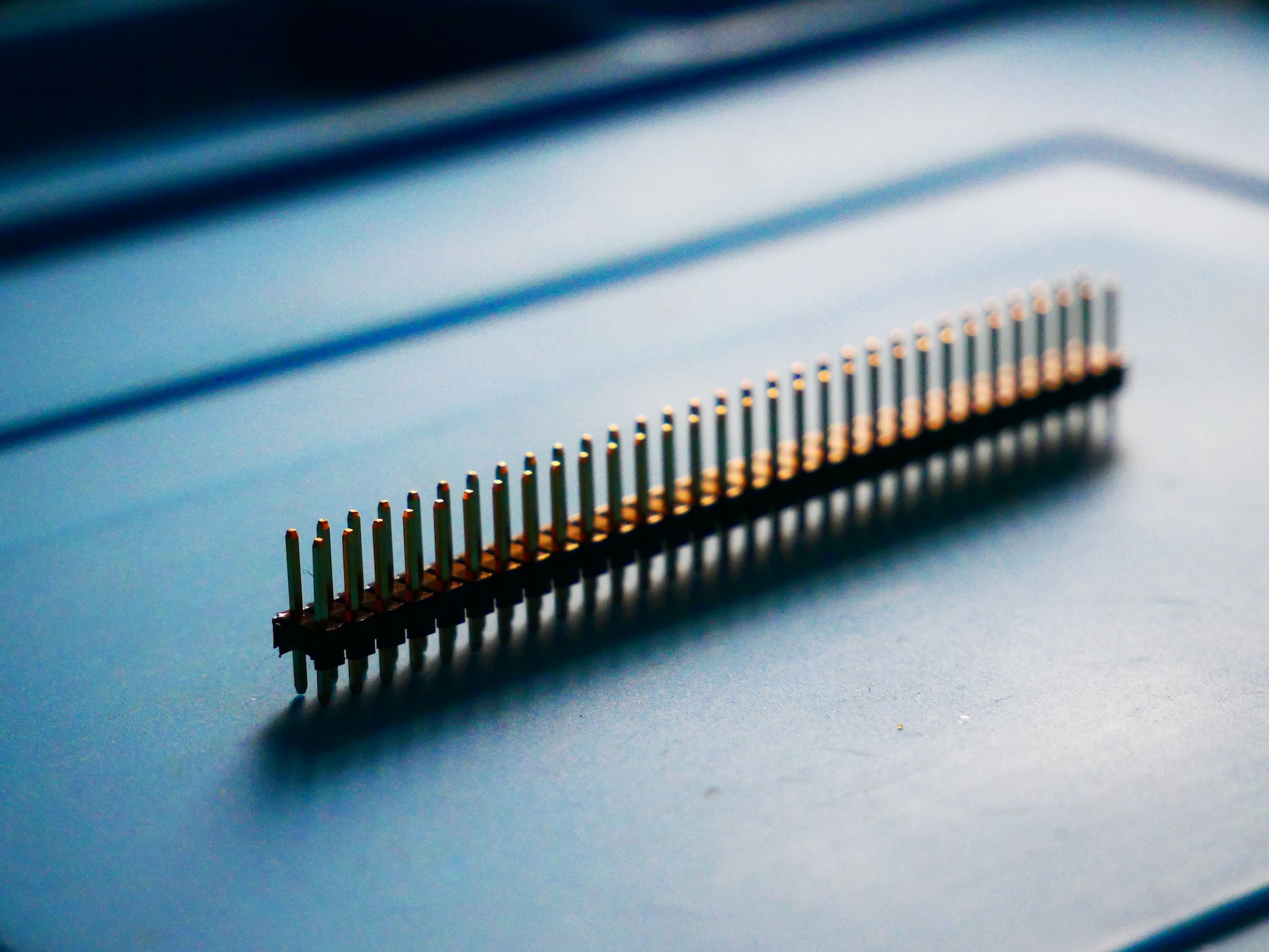
Ensuring high-quality standards in Printed Circuit Board (PCB) assembly is paramount to the reliability and performance of electronic devices. Quality control measures throughout the assembly process play a pivotal role in identifying and mitigating potential defects, ensuring that the final products meet stringent quality benchmarks.
The quality control process commences with meticulous design verification. Assessing the PCB design for compliance with industry standards, functional requirements, and manufacturability ensures that potential issues are addressed before production begins, reducing the likelihood of errors.
Thorough inspection and validation of incoming materials, including PCB substrates, components, and soldering materials, are crucial. Quality control measures involve verifying material specifications, checking for damage or discrepancies, and confirming compliance with standards to prevent issues during assembly.
Utilizing Solder Paste Inspection (SPI) systems ensures the accuracy and uniformity of solder paste application on PCBs. SPI machines use advanced imaging to inspect solder paste deposition, verifying precise volume, alignment, and consistency to prevent defects in the soldering process.
Automated Optical Inspection (AOI) systems employ high-resolution cameras and algorithms to scrutinize assembled PCBs. AOI conducts comprehensive visual inspections, identifying defects such as component misalignment, soldering issues, or missing components with exceptional accuracy.
X-ray inspection techniques offer non-destructive testing capabilities, allowing for thorough examination of hidden solder joints, verifying component placement and detecting potential defects such as voids or short circuits that may be invisible to the naked eye.
Functional testing and In-Circuit Testing (ICT) are crucial phases in quality control. Functional tests verify the operational integrity of the assembled PCB, ensuring that it performs according to specifications. ICT involves testing individual components to identify faulty elements before final assembly.
Implementing Statistical Process Control (SPC) involves monitoring and analyzing production processes in real-time. SPC utilizes statistical methods to identify variations, enabling proactive adjustments to maintain consistent quality throughout production runs.
Maintaining comprehensive traceability and documentation throughout the assembly process is vital. Detailed records of materials, processes, inspections, and test results facilitate tracking and analysis, aiding in identifying and rectifying any quality issues that arise.
Quality control measures in PCB assembly are integral to delivering reliable, high-performance electronic devices. By implementing stringent inspection protocols, utilizing advanced technologies, and embracing proactive monitoring and documentation, manufacturers can ensure consistent adherence to quality standards, fostering customer confidence and satisfaction.